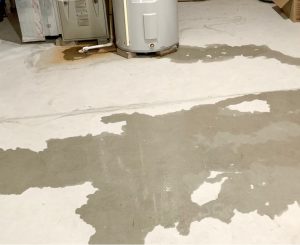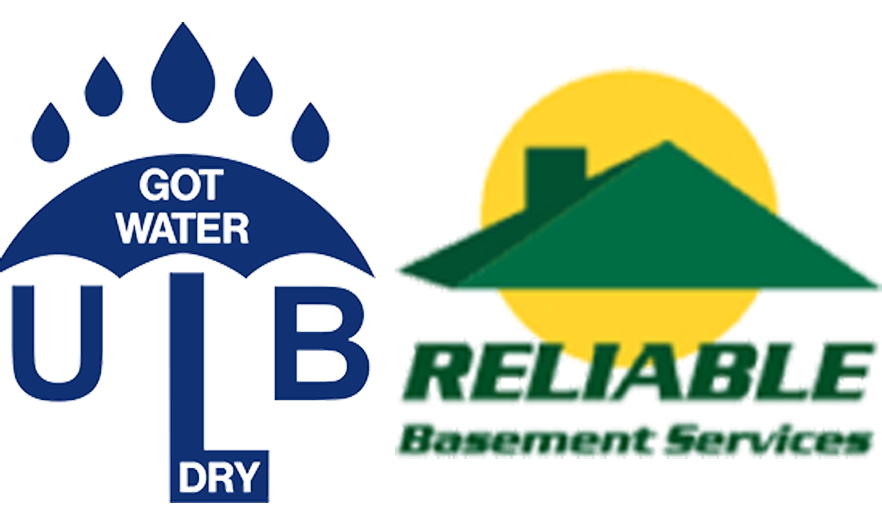
Basements exist underground, and the soil is subject to substantial amounts of rainwater. As such, basements are extremely vulnerable to taking on moisture.
For this reason, basement waterproofing is a near necessity today. Are you curious about the different types of waterproofing methods that are available? If so, then you’ve come to the right place. This Highland Park basement waterproofing company is going to explain everything you’ll need to know.
1. Sump Pump Installation
One of the most common waterproofing solutions is to install a sump pump. A sump pump is an entity that pumps water out as water levels rise. It is placed within a sump pit, which is a hole that contains the groundwater that collects around a house.
The main point of the sump pump is to reduce hydrostatic pressure on the outsides of basement walls. Sump pumps also help ensure that basements don’t flood.
If there’s one thing you’re going to do to waterproof your basement, you should install a sump pump. The sump pump is essentially like the heart of every basement waterproofing system.
2. Drain Tile Installation
Another common method of basement waterproofing is drain tile installation. Drain tiles are essentially just pipes that collect and redirect groundwater. When placed next to basement walls, they can reduce hydrostatic pressure and lessen the risk of flooding.
Drain tiles are often used in tandem with sump pumps, as they carry away the water that sump pumps collect. If you’re looking to waterproof your basement, installing drain tiles is highly recommended.
3. Yard Grading
Not all yards are created equal. Whereas some are entirely flat, others are quite hilly. Unfortunately, it’s the hilly yards that can create water problems for basements.
If a home is built at the bottom of a hill, groundwater can slide down that hill and collect around the outside of the home’s foundation. Over time, this can lead to severe foundational cracking.
For this reason, it’s sometimes recommended that you grade your yard. This essentially involves digging the yard up and redistributing the soil so that it’s flatter and less prone to flooding. It’s an intensive project, but it can make a huge difference.
4. Downspout Extension Installation
Another source of basement moisture is the rainwater that rolls off of your roof. If this water isn’t properly redistributed, it will land at the base of your foundation, leading to substantial hydrostatic pressure.
Your gutter system plays the largest part in ensuring that this doesn’t happen. Unfortunately, many gutter downspouts aren’t long enough to ensure that the rainfall is emptied far enough away from the base of a house.
This is where downspout extensions come in. Putting these on the ends of your downspouts will ensure that water is emptied several feet away from the base of your house, as opposed to right up against the foundation. This will lead to less hydrostatic pressure and less cracking overall.
5. Foundation Crack Repair
Regardless of what you do to protect it, your foundation will eventually crack. Fortunately, foundation cracks can be repaired, preventing not only leakage, but structural deterioration as well.
As such, when you notice a crack in your foundation, it’s important to bring in your local basement waterproofing company for a repair. They can fix your foundation cracks, protecting your basement from water and ensuring that your home is ready to thrive for years to come.
Looking for Highland Park Basement Waterproofing Services?
Is your basement taking on water? Do you need basement waterproofing services in Highland Park, Illinois? If so, we here at ULB-Dry Waterproofing are the people to see.
We’re well-versed in the implementation of all types of basement waterproofing systems. Regardless of your needs, our skilled team can accommodate you.
Contact us today to get the process started!





